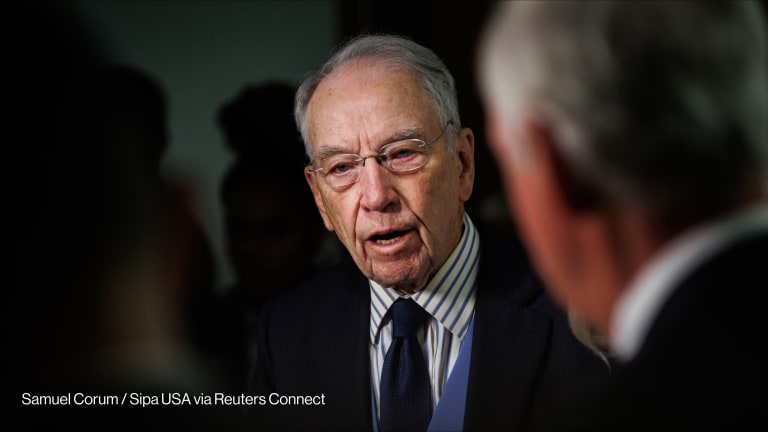SAN FRANCISCO — The Bill & Melinda Gates Foundation, which is the largest private foundation in the world, gives billions of dollars a year, and details on where all of those funds are going are often hidden in databases that can be challenging to navigate.
Devex recently hosted a webinar looking at the foundation’s grantmaking and what it says about the goals and direction of the organization that accounts for almost 50% of international grants, including 80% of global health giving by U.S. foundations.
The foundation has played a key role in financing major global health gains in some of its priority areas, including malaria, vaccines, and polio.
This story is forDevex Promembers
Unlock this story now with a 15-day free trial of Devex Pro.
With a Devex Pro subscription you'll get access to deeper analysis and exclusive insights from our reporters and analysts.
Start my free trialRequest a group subscription







